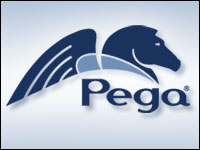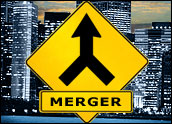
Pegasystems has introduced its second major cloud offering within the last year: Pega Cloud for CRM. It follows the company’s release of Pega Cloud for BPM. While the functionality is different, the application’s approach to cloud computing is the same.
In both cloud applications, the company takes a “no lock-in” approach by using the same code base for both its on-premise and cloud offerings, explained Pegasystems’ Steve Kraus, senior director of product marketing for CRM solutions. That means a customer can start out using the cloud application and move to on-premise — or vice versa — depending on its needs.
The Hybrid Approach 2.0
The approach is reminiscent of the hybrid model that many on-premise CRM vendors developed when demand computing first became popular several years ago.
“This is a core, or big, differentiator for us,” Kraus said — “giving the customer flexibility not only in the delivery channel, but also in all aspects of the deployment. Whatever change or customization a client wants to make, it can be done easily without disruption to the code or infrastructure.”
Pega also offers cloud computing to clients on a nonproduction basis for testing purposes, he added.
The company is currently developing several more cloud-based applications, but Kraus declined to give particulars.
“This is an important strategy for us,” he said.
Integrating With the Contact Center
Pega Cloud for CRM is a customer service app, designed to integrate with Pega’s multichannel customer contact center application.
Features include channel integrations, social media, analytics, case automation and a goal-driven guided user experience.
Other elements:
- Adaptive processes and case-based automation for call center agents;
- Out-of-the-box integration with existing data center systems and IVR, switch and telephony equipment through Pega Cloud VPN technology.
Pricing for Pega Cloud for CRM starts at US$200 per user, per month.
BPM for the Cloud features include programming that allows users to record, erase, revise, organize, and document business policies and procedure, automation technology that can auto-generate business rules, and intelligent routing technology that sends tasks that shouldn’t be automated to humans.























































